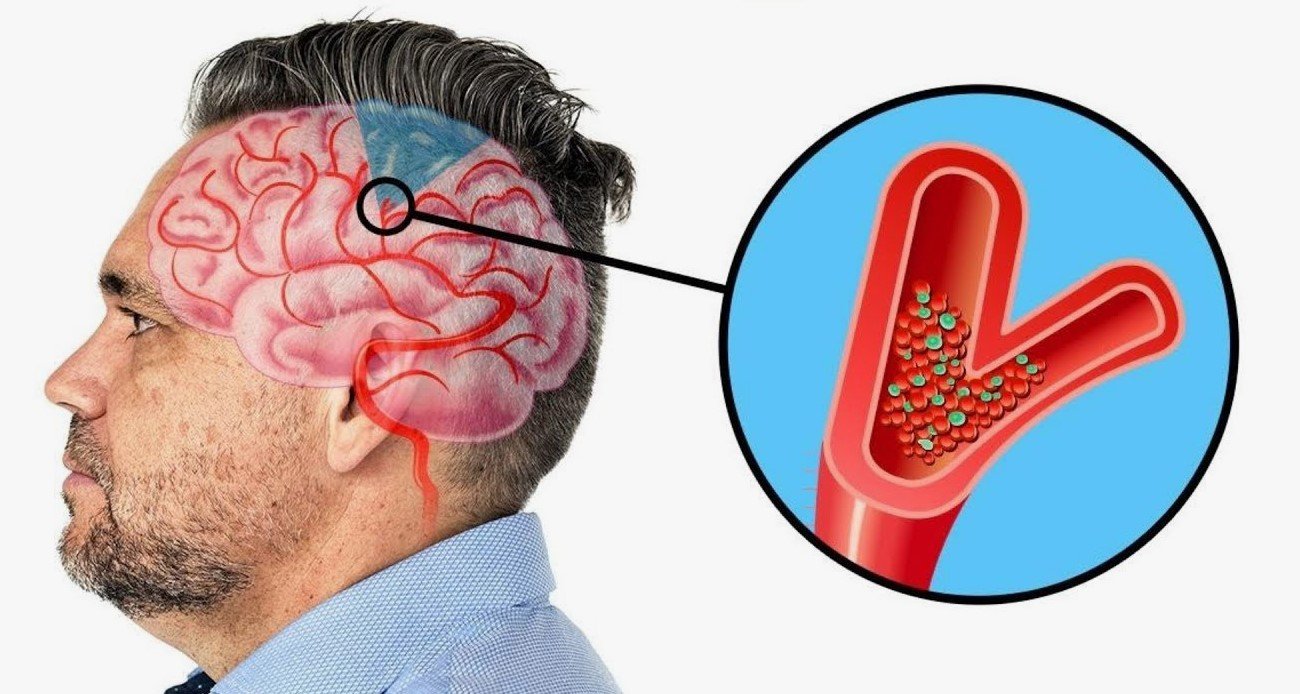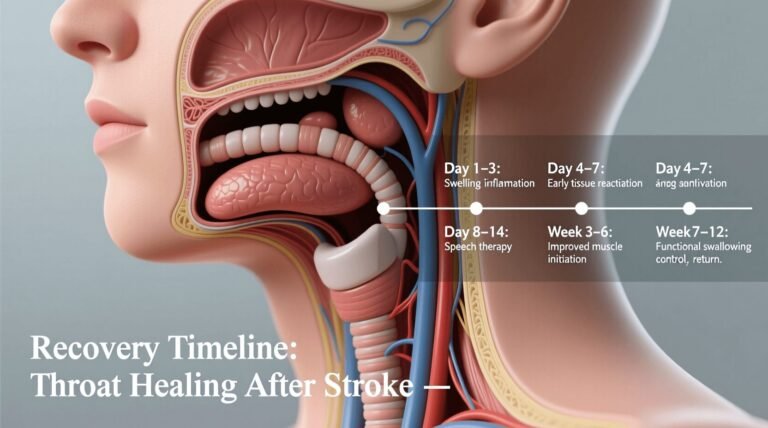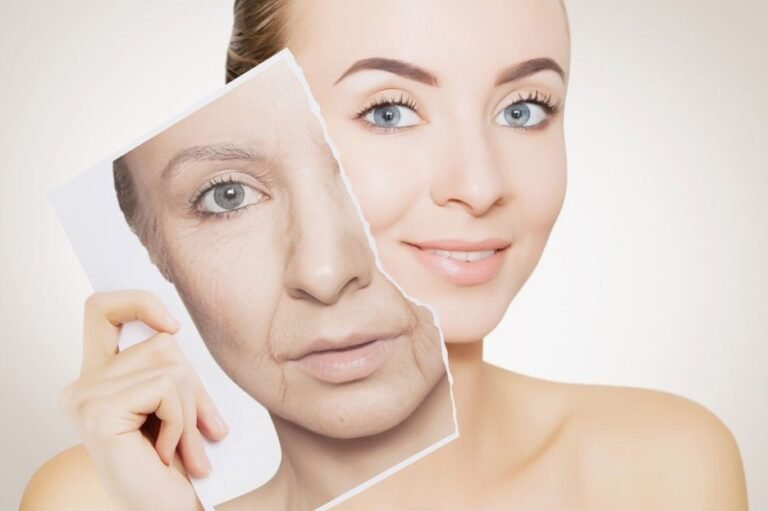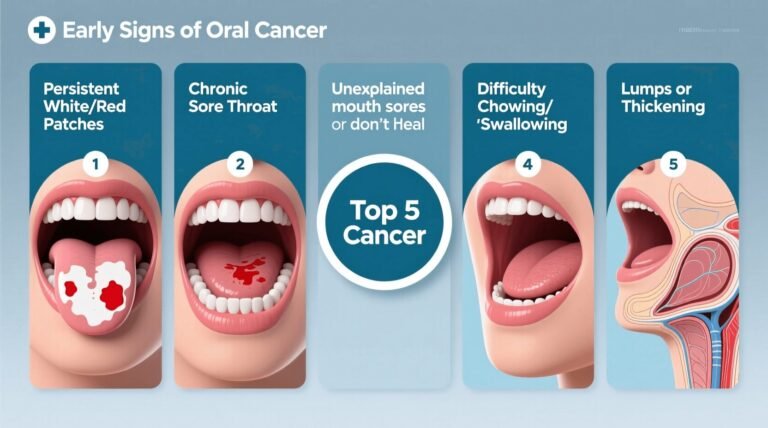How to Treat a Choke Stroke: Emergency Steps & Medical Care?
Choke and stroke are serious medical emergencies that can happen suddenly to an individual. A choke stroke is a situation where choking leads to a deficiency of oxygen due to the person suffering from other severe complications. For these reasons, a person must know how to respond quickly to save someone’s life. Therefore, this blog explains all the details of choke stroke symptoms and how it can lead to a stroke. It also explains the choke stroke treatment to the recovery of patients.
What is Choking and its Symptoms?
Basically, choking occurs when something blocks the airway and prevents oxygen from reaching the lungs. In addition, people suffer from choking for multiple reasons; it could be small objects, food, or liquids that going down the wrong path. When chokes resist the oxygen, our brain, and body cannot function correctly. Here are some causes of choking:
- A person is eating too fast and swallowing large pieces of bread or food.
- Food gets stuck from any other medical condition, such as dysphagia.
- A child and kid inhale the small objects; it could be an adult as well.
- Liquids go into the airway instead of going into the stomach.
There are two types of choking: mild and second is severe. In mild choking, an individual can still cough and breathe. In contrast, severe choking means they cannot breathe, talk, and cough. Timely action becomes imperative for the person who suffers from severe choking.
How Can Choking Cause a Stroke?
A stroke happens when blood flow to the brain is stopped or reduced for any other reason. Similarly, if a person choked for too long for any reason, their brain does not have access to oxygen-rich blood. Whenever a person suffers from choking for longer, their brain cells die, and it’s called hypoxic stroke and anoxic brain injury. Let’s understand how a lack of oxygen level triggers a stroke.
The brain does not access oxygen, which means it starts shutting down. Additionally, the blood pressure of the person who suffers may rise suddenly. The severe choking can cause cardiac arrest and lead to stroke-like symptoms. Choking-related strokes are commonly found in elderly people with existing medical conditions like high blood pressure and swallowing difficulties.
Emergency Steps for Choking
Emergency aid and assistance can save someone’s life, so everyone must learn these steps to help people who suffer from this condition. There are two common steps that a person must take to save their life.
- Encourage Coughing (For Mild Choking)- When a person is suffering from mild choking, encourage them to cough because it helps clear the airway and provides space for oxygen for easy access to the brain. In addition, never slap on their back; it may make the object move deeper and block the path for oxygen.
- Perform the Heimlich Maneuver (For Severe Choking): In this technique, you need to stand behind the person and wrap your arms around their waist. Afterward, make a firm fist and place it above the belly button. Now, pull in and up sharply until the object comes out. At least do this technique five times.
In the infant cases, please do not use the Heimlich maneuver. Rather, give five flaps on their backs and five chest thrusts. Moreover, never forget to support the infant’s head during this technique to prevent choking symptoms.
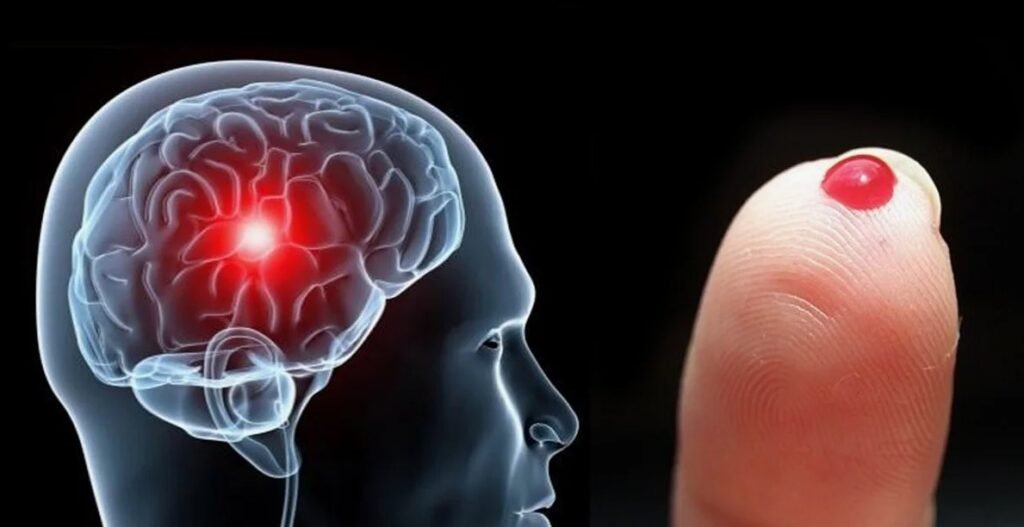
Medical Treatment for Choking-Related Stroke
Here are three major medical treatments that experts use for choke stroke patients.
Oxygen Therapy
The first treatment is oxygen therapy, which experts give to a person who suffers from a choking-related stroke. We all know the deprivation of oxygen can cause major damage. For this reason, doctors encourage quick delivery of oxygen to replace normal brain functions. However, if the person can’t take a breath by themself, the experts prefer to use a mechanical ventilator.
Stroke Treatment
Sometimes, when the person suffers from critical conditions, surgery may be required to remove blockage in the arteries. Additionally, faster treatment ensures better chances of recovery and reduces the risk of permanent neurological impairment and permanent disability.
Airway Clearance Procedures
Another treatment is airway clearance procedures if the choking issue occurs with food and stuck objects in the airway. Some experts also use the method of bronchoscopy to remove the blockage. If the patient’s condition is more critical, then they go for a tracheostomy.
How to Prevent Choking and Choke Strokes?
Prevention is the preeminent solution to avoid choking and stroking. This article explains the best prevention methods for adults, children, and people with swallowing problems.
The best prevention for children includes keeping small objects out of reach. To this end, avoid giving them food like whole grapes, nuts, and hard candies. Always supervise meals when children enjoy their food, stay active, and prevent any mishaps.
However, adults also need to eat food that is slowly cut into small pieces. Also, chew the food properly, no matter how hard or soft it is. Besides, avoid sticky and dry foods that are hard to swallow. Never eat food while lying on the bed; stay upright while eating food.
Stroke survivors and people who have swallowing difficulties prefer to drink liquids slowly and avoid drinking too thin, consistent drinks and juices. For those people, it’s better to add thickening agents to food, which doctors and specialists recommend. They must also visit a speech therapist to improve their conditions.
Take Quick Action to Prevent Deadly Outcomes
The above discussion shows how choking can turn into a life-threatening emergency for a person. In severe cases, the choking can lead to a stroke due to a shortage of oxygen. If people are aware of the right first aid steps, they recognize the stoke symptoms and get medical help quickly. The instant assistance for choke stroke treatment also improves a person’s chances of survival. Despite this, if the patient can suffer from severe choking symptoms, instant medical help can save their life.

